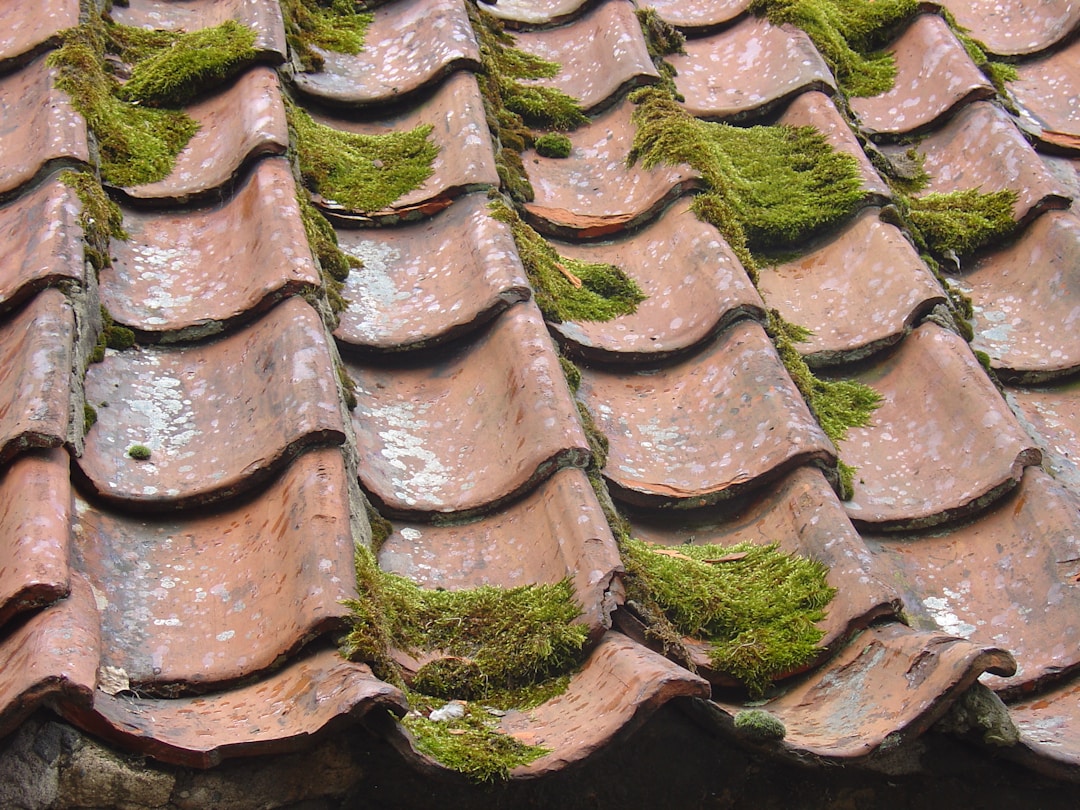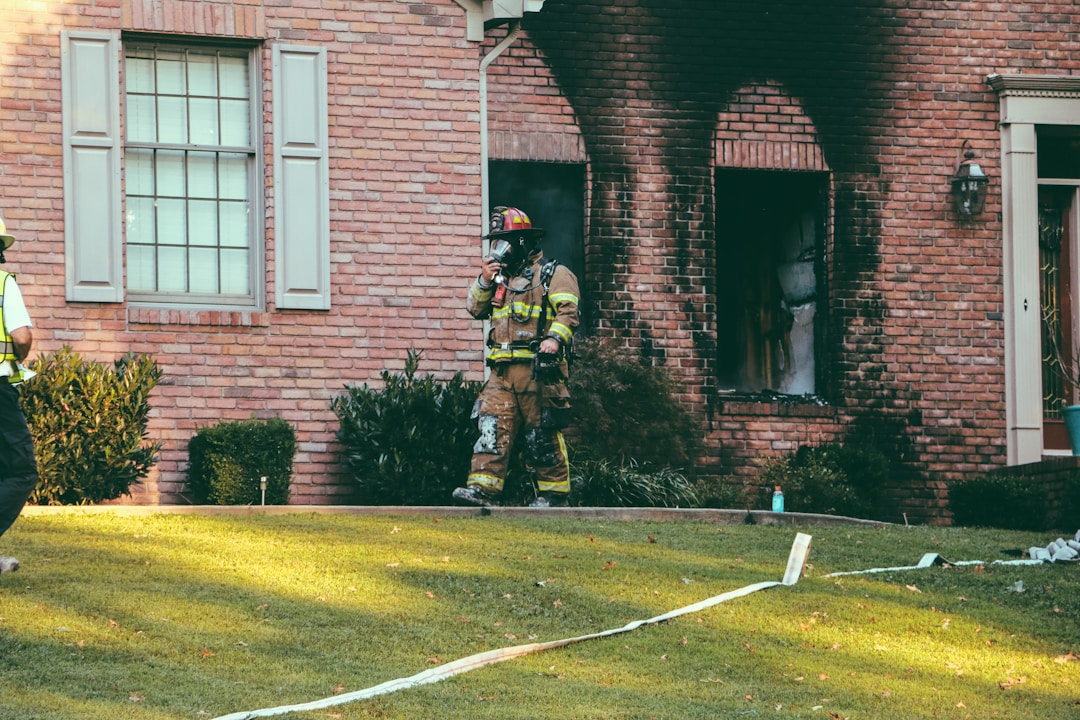Home upgrades are improvements you make to your home. They include structural and aesthetic changes. You may upgrade your home’s interior or exterior. You could also upgrade critical systems in your house.
Upgrades cost money. While repainting doesn’t cost much, other home improvement projects can cost tens of thousands of dollars. You may need to borrow funds to cover the costs. Let’s look at some upgrades you’ll probably need to borrow money to pay for and where you access funds for your renovation projects.
Air quality problems could indicate it’s time for a new HVAC system.

Several symptoms could indicate you have a malfunctioning ductless AC, including high energy bills, grinding noises, and moisture buildup. When your heating, ventilation, and air conditioning (HVAC) system doesn’t work correctly, you could have mold growth inside the AC system, causing your HVAC system to distribute toxins and allergens throughout your home. Your HVAC technician can clean condenser coils and replace air filters, improving your home’s air quality.
When maintenance and repairs can’t address the issues, it could indicate it’s time for a new HVAC system. HomeGuide reports the typical cost of installing a new HVAC system ranges from $4,820 to over $12,000, which is why you may need to borrow money to pay for a new system.
Your home must have a sturdy roof.

Your roof protects your home because it keeps moisture from entering your house. Damaged roofs let rain, snow, and hail into attics, enabling moisture to build up on support beams, floors, and walls. Moisture buildup can cause mold to grow and spread. It can cost thousands to remove this toxin from your house. Without mold remediation, your family can suffer from respiratory issues, such as wheezing.
Paying for a new roof typically costs over $7,000. The good news is that new roofs typically last between 20 and 50 years. Their lifespan depends on the type of materials chosen. Installing a new roof can help you protect your home from potential fire damage if your live in a fire-prone region. Replacing shingles with a metal roof or concrete tiles can also help prevent wind damage, which could help protect your home from storm damage during a hurricane. Replacing your roof can be a sound investment, but you may need to borrow funds to pay for this upgrade.
You may need to update the electrical and plumbing systems in old homes.

Older homes may have outdated wiring. Updating your home’s wiring is crucial because old electrical systems can cause house fires if modern electronics overload them. If your home has old pipes, it could be time to upgrade your home’s plumbing system. For example, clay pipes can crack. When this happens, your wastewater can back up into your home, damaging your house and possessions.
HomeGuide reports that the average cost of upgrading your electrical panel is $1,700, while the cost of a 200-watt amp upgrade is $4,000. HomeAdvisor reports repiping an entire house could cost up to $15,000. Depending on the extent of the upgrades, you may need to borrow funds to cover these expenses.
There are several ways to finance home upgrades.

The experts with pacificprivatemoney.com offer private money loans. It typically takes less time to borrow funds from a private lender because they don’t have to follow the same protocols banks use for approving loans, making it possible to access funds in as little as five days. When you have a short time frame for receiving funds, private money lenders with years of experience financing home renovations ensure you’re able to get the money you need to start repairs.
Some companies offer direct financing. You could apply for financing from your HVAC installation company or roofing installers. Review their interest rates and loan terms to ensure this is the best option for you. You can also consider taking out a home equity loan from your bank or credit union.
Some home upgrades can cost thousands. You may need to borrow funds from a private money lender o replace your HVAC system, roof, electrical system, or plumbing. You can also consider direct financing or borrowing funds from your bank.

